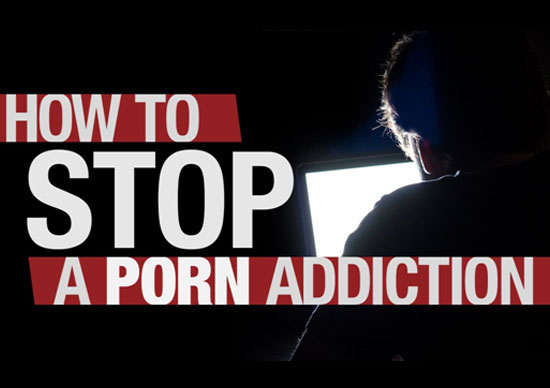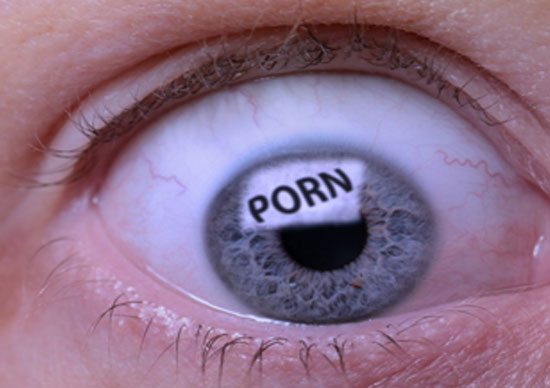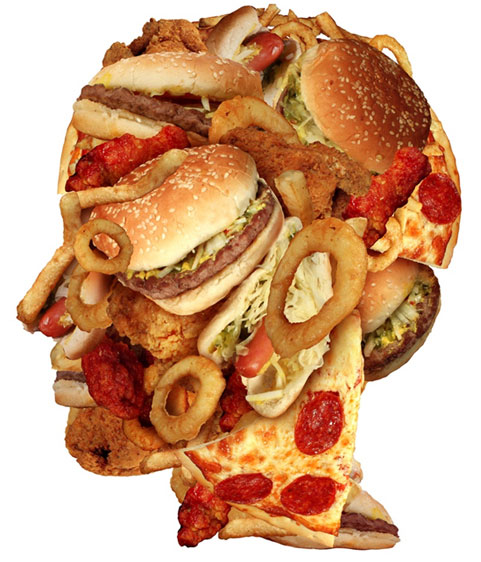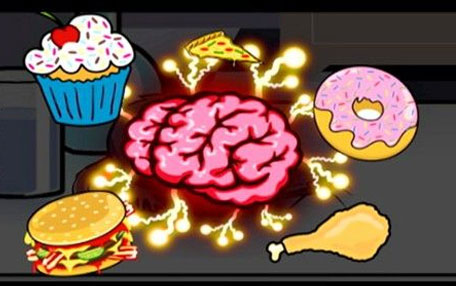Other Addictions
Pornography addiction

Pornography addiction is an addiction model of compulsive sexual activity with concurrent use of pornographic material, despite negative consequences to one's physical, mental, social, or financial well-being. Universally accepted diagnostic criteria do not exist for pornography addiction or problematic pornography viewing.5 The rewarding and reinforcing (i.e., addictive) properties of cybersex have been evidenced using cue reactivity experiments with pornographic cues in humans, which supports the classification of cybersex addiction as a true behavioral addiction. Problematic internet pornography viewing is viewing of Internet pornography that is problematic for an individual due to personal or social reasons, including excessive time spent viewing pornography instead of interacting with others. Individuals may report depression, social isolation, career loss, decreased productivity, or financial consequences as a result of their excessive Internet pornography viewing impeding on their social life.
Symptoms and diagnosis

Universally accepted diagnostic criteria do not exist for pornography addiction or problematic pornography viewing. Pornography addiction is often defined operationally by the frequency of pornography viewing and negative consequences. The only diagnostic criteria for a behavioral addiction in the current Diagnostic and Statistical Manual of Mental Disorders are for pathological gambling, and they are similar to those for substance abuse and dependence, such as preoccupation with the behavior, diminished ability to control the behavior, tolerance, withdrawal, and adverse psychosocial consequences. Diagnostic criteria have been proposed for other behavioral addictions, and these are usually also based on established diagnoses for substance abuse and dependence.
A proposed diagnosis for hypersexual disorder includes pornography as a sub-type of this disorder. It included such criteria as time consumed by sexual activity interfering with obligations, repetitive engagement in sexual activity in response to stress, repeated failed attempts to reduce these behaviors, and distress or impairment of life functioning. A study on problematic Internet pornography viewing used the criteria of viewing Internet pornography more than three times a week during some weeks, and viewing causing difficulty in general life functioning. According to the American Society of Addiction Medicine, some psychological and behavioral changes characteristic of addiction brain changes include addictive cravings, impulsiveness, weakened executive function, desensitization, and dysphoria, and there is evidence that such changes can occur in internet porn addicts.
Diagnostic status

The current Diagnostic and Statistical Manual of Mental Disorders (DSM-5) includes a new section for behavioral addictions, but includes only one disorder: pathological gambling.15 One other behavioral addiction, Internet gaming disorder, appears in the conditions proposed for further study in DSM-5.15 Psychiatrists cited a lack of research support for refusing to include other behavioral disorders at this time,15 however, a 2015 review of the neuroscience/neuropsych studies on pornography users now calls for internet addiction to be included in the DSM with internet pornography addiction as a subtype.
Porn addiction is not a diagnosis in DSM-5 (or any previous version). "Viewing pornography online" is mentioned verbatim inside DSM-5,15 but it is not considered a mental disorder either.
When the fifth ion of the Diagnostic and Statistical Manual of Mental Disorders (DSM-5) was being drafted, experts considered a proposed diagnostic addiction called hypersexual disorder, which also included a pornography subtype. But in the end, reviewers determined that there wasn't enough evidence to include hypersexual disorder or its subtypes in the 2013 ion.
— Kirsten Weir, Is pornography addictive?
Richard Krueger, DSM-5 work-group member (Sexual and Gender Identity Disorders) and associate clinical professor of psychiatry at Columbia University’s College of Physicians and Surgeons, has said that he "has little doubt porn addiction is real and will eventually garner enough attention to be recognized as a mental illness" by the DSM, though he also suggested that "most people would do it and it won’t become a problem."
In 2011, the American Society of Addiction Medicine published a definition of addiction that for the first time stated that addiction includes pathological pursuit of all kinds of external rewards and not just substance dependence.22 However, this definition does not explicitly include porn addiction. Instead ASAM uses the phrase, "sexual behavior addiction".
A number of studies have found neurological markers of addiction in internet porn users., which is consistent with a large body of research finding similar markers in other kinds of problematic internet users. According to addiction researcher Todd Love: "“There’s a growing consensus among the top addiction neuroscientists worldwide that internet porn use alters some users’ brains in some of the same ways substance abuse does, and that these brain changes are consistent with the established addiction model.
Food addiction

A food addiction or eating addiction is a behavioral addiction that is characterized by the compulsive consumption of palatable (e.g., high fat and high sugar) foods – the types of food which markedly activate the reward system in humans and other animals – despite adverse consequences.
Psychological dependence has also been observed with the occurrence of withdrawal symptoms when consumption of these foods stops by replacement with foods low in sugar and fat. Professionals address this by providing behavior therapy.
Additionally, genetics play a role on individual traits, which may put one at increased risk for experimentation with drugs, continued use of drugs, addictions, and potential for relapse. Some of these individual personality traits, such as impulsivity, reward-seeking, and response to stress, may lead to increased vulnerability to addiction.
Unlike individuals with bulimia nervosa, compulsive overeaters do not attempt to compensate for their bingeing with purging behaviors, such as fasting, laxative use, or vomiting. When compulsive overeaters overeat through binge eating and experience feelings of guilt after their binges, they can be said to have binge eating disorder (BED).
In addition to binge eating, compulsive overeaters may also engage in grazing behavior, during which they continuously eat throughout the day.8 These actions result in an excessive overall number of calories consumed, even if the quantities eaten at any one time may be small.
During binges, compulsive overeaters may consume between 5,000 and 15,000 food calories daily (far more than is healthy), resulting in a temporary release from psychological stress through an addictive high not unlike that experienced through drug abuse. Compulsive overeaters tend to show brain changes similar to those of drug addicts, a result of excessive consumption of highly processed foods.

For the compulsive overeater, ingesting trigger foods causes the release of the chemical messengers serotonin and dopamine in the brain. This could be another indicator that neurobiological factors contribute to the addictive process. Conversely, abstaining from addictive food and food eating processes causes withdrawal symptoms for those with eating disorders. The resulting decreased levels of serotonin in the individual may trigger higher levels of depression and anxiety. Eventually, compulsive overeaters continuously think about food. Food is in the preeminent positions of their minds; when deprived of it, the person may engage in actions similar to those of hard drug addicts, including an uncontrollable search for the substance, and in devious behaviour, such as stealing or lying.131415 The problem of obesity is becoming a worldwide problem. A sugar tax is set to be introduced in Ireland to minimise the consumption of harmful foods and drinks.
If a food addict has obesity, it can be associated with the following:
- diabetes
- high blood pressure
- high cholesterol and triglycerides
- osteoarthritis in the knees
- hips and back
- fungal infections in skin folds that are hard to clean
- congestive heart failure
- shortness of breath
- coronary artery disease
- death.
